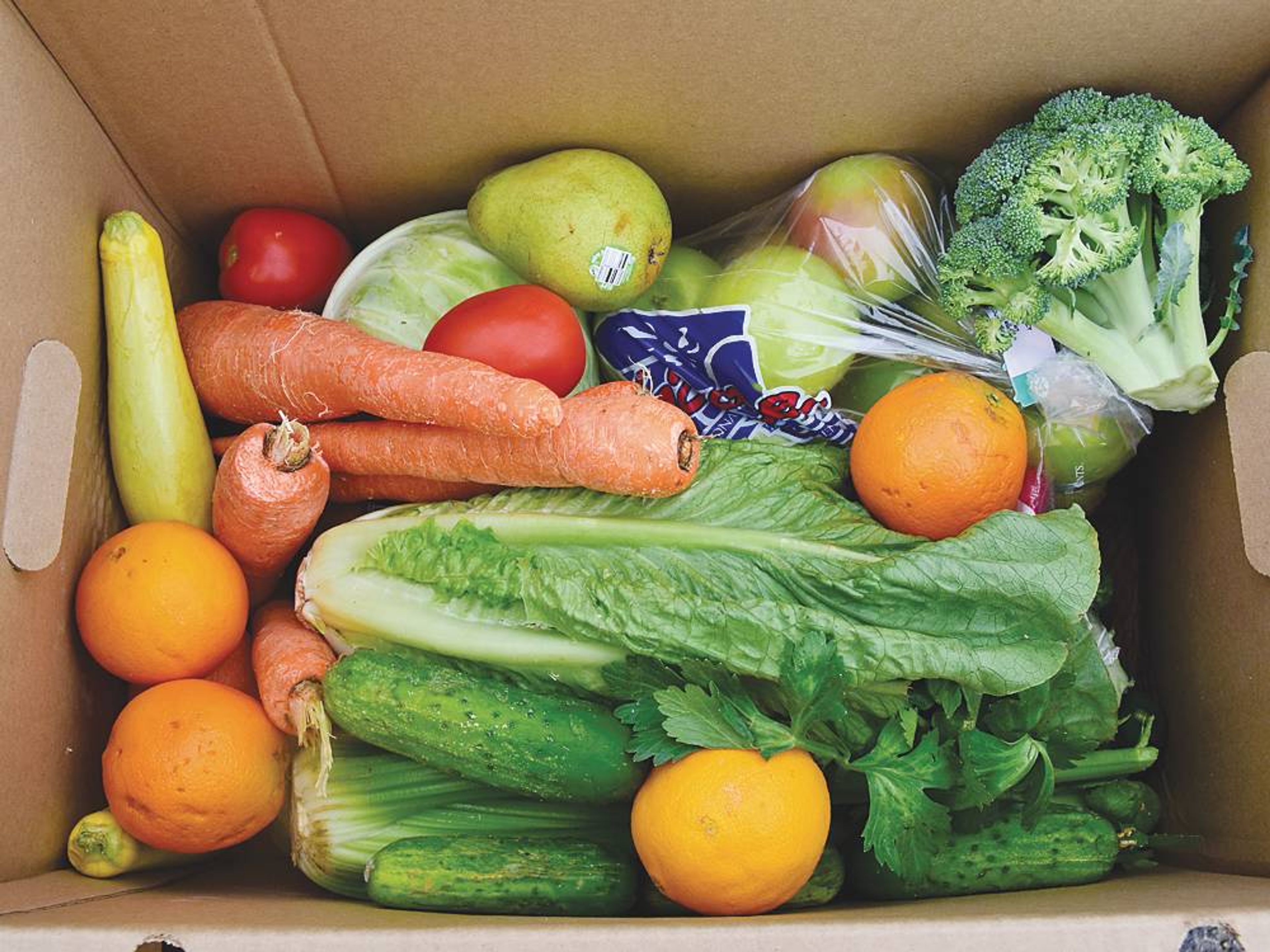Smart nutrition tips
A healthy lifestyle doesn't have to mean nibbling on bland fare. With strategic substitutions and smart snacking tips, you can still enjoy some favorite foods without compromising your nutritional goals. "Eating healthy means enjoying a broad variety of foods and including carbs, protein and fat in your diet," says one of the country's most recognized sports dietitians, Leslie Bonci, who consults for the Pittsburgh Steelers, Milwaukee Brewers and the National Collegiate Athletic Association...
A healthy lifestyle doesn't have to mean nibbling on bland fare. With strategic substitutions and smart snacking tips, you can still enjoy some favorite foods without compromising your nutritional goals.
"Eating healthy means enjoying a broad variety of foods and including carbs, protein and fat in your diet," says one of the country's most recognized sports dietitians, Leslie Bonci, who consults for the Pittsburgh Steelers, Milwaukee Brewers and the National Collegiate Athletic Association.
Stay hydrated. If you are on the go, drink cold water -- it leaves your stomach and gets to the muscles faster, thus doing a better job of hydrating your body. Foods such as cold soups, many fruits, vegetables and applesauce take up more room in the stomach and can help keep you full longer. Consider making satisfying salads with grains like bulgur or brown rice, which also absorb a lot of liquid.
Allow yourself some indulgences. Enjoying foods you love is important to long-term success, and making smart choices doesn't mean sacrificing treats. Just opt for products that provide portion control and good calorie count. A prepackaged options like the ones from Weight Watchers Sweet Baked Goods is a great choice. All of the Weight Watchers sweet baked treats have 4 to 5 grams of fiber, contributing to your daily fiber requirements; and few people actually get the daily fiber requirement of 20 to 35 grams.
Taste the rainbow. Eating a variety of colorful foods increases the nutrient richness of your diet, contributes to your daily fluid requirements and provides carbohydrates for fuel. Here's a quick rundown of the colors you should look for:

* Dark green: Leafy greens such as spinach, kale and romaine are great sources of vitamin K for bone and eye health.
* Orange: Peaches, nectarines and cantaloupe contain natural carotenoid pigments for lung and skin health.
* Yellow: This is corn time, folks, and corn is a great source of lutein for eye health.
* Red: Tomatoes offer vitamin C and lycopene.
* Deep red or purple: Plums, cherries and berries all boost heart health.
Get creative with nature's bounty. When you grill, think beyond protein. Grill vegetables and fruit, or add chopped pineapple or mango to salsa to top fish or chicken.
Seek balance. Fuel your body on a regular basis and include foods from each macronutrient group every time you sit down to eat. That means carbohydrate-, protein- and fat-containing foods. Try to divide your plate this way: a bit less than half of your plate for fruit and vegetables, one third for lean protein (beef, pork, poultry, fish, low-fat dairy, eggs or soy foods) and the remainder for grains (pasta, rice or bulgur). Don't omit fat -- just use a little to enhance flavor. Olive oil, nuts or a thin spread of nut butter are all good choices. If you really want that ice cream or that glass of wine, have it instead of the grain, not in addition.
Forget bland condiments. If you want to eat better, spice things up. Healthful spices include cinnamon, turmeric, ginger and oregano. You can use spices to add flavor to your dishes or drinks while cutting the amount of calorie-rich ingredients such as oil and sugar.
Be prepared with portable snacks. If you are a busy parent on-the-go or work long hours, throw some of these snacks in your bag to avoid fast-food restaurants and vending machines. A few good options: Foods with protein -- jerky, packs of tuna or salmon requiring no can opener, roasted soy nuts, seeds and small cans of bean dip with a pop-top for easy opening. Carbohydrate-containing foods -- packs of oatmeal, prepackaged cereal and homemade trail mix.
Put your fork down between bites and chew. Feel the texture, notice the flavors, and savor the food. Preparing foods that require chewing harder will give you more time to eat and allow your brain to register you are full. It takes at least 20 minutes after eating for your stomach to tell your brain that it is full, but most of us finish a meal in 10 minutes. Give your stomach time to catch up to your brain by slowing down your eating. It will take longer to finish a meal, leaving less time for a second helping.
Connect with the Southeast Missourian Newsroom:
For corrections to this story or other insights for the editor, click here. To submit a letter to the editor, click here. To learn about the Southeast Missourian’s AI Policy, click here.










